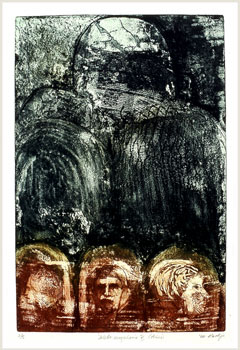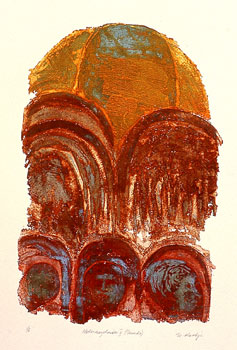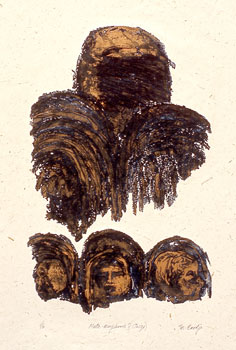Karelia’s Rock Art & History
Andrew Heninen is a Karelian (Finnish-Russian) programmer with a keen interest in the history of lost Finnish territories. Karelia (or Karjala in Finnish) is a territory which straddles the present-day border between Finland and Russia, and is home to the Karelian people, related to Finns. Heninen’s site has numerous pages in English, Finnish and Russian about Karelian history that is like walking into a museum.
These pages about the area’s rock art fascinate me the most:
Karelian petroglyphs in drawings and photos
The Stone Labyrinths
Sami Sacred Stones or Seidas
Another interesting note, when on the home page, if you click “refresh”, the photos change.
In case you missed it, I wrote a related post some time ago called visiting Karelia.
Read about the sad history of the Many Karelias** from which this quote:
Karelia holds an important place in Finnish cultural history. The material for the Finnish national epic, the Kalevala and numerous other collections of folk poetry were gathered mainly in the northern parts of Finnish and Russian Karelia. In the late 19th and early 20th centuries Karelia provided the inspiration for many of Finland’s leading artists, composers and writers and played an important role in the 19th century national awakening and the development of a Finnish national identity. (link added by me.)
** expired and removed link
72.jpg)
72.jpg)
72.jpg)
72.jpg)



.jpg)